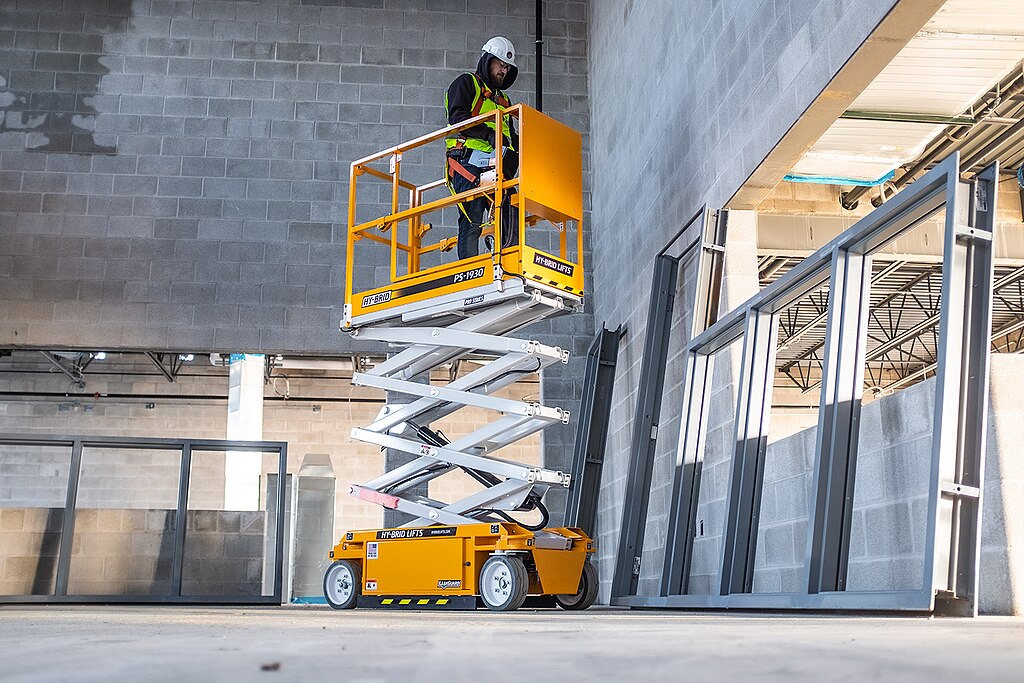A Practical Checklist for Protecting Physical Assets Worldwide
Protecting physical property requires systematic preparation and clear documentation. This article offers a concise, practical checklist that applies to homeowners and businesses across different regions. It focuses on coverage types, inventory and valuation, common risks like flood or theft, and how underwriting, premiums, and deductible choices affect resilience and claims handling. Use these steps to evaluate current policies, organize records, and reduce exposure to loss wherever your assets are located.

Physical assets demand proactive stewardship: assessing coverage, documenting value, and planning for common hazards. This checklist emphasizes practical steps for minimizing loss, improving recoverability, and making claims more efficient. It is relevant to homeowners and businesses, and it covers technical elements such as underwriting, premiums, and deductibles alongside operational items like inventory and risk mitigation. The aim is clarity: identify gaps in policy, strengthen physical protections, and prepare documentation so claims processes and recovery are less disruptive.
Property coverage: what to check
Begin by reviewing your policy language to confirm what types of property are covered and any exclusions. Check whether buildings, equipment, stock, and off-site assets are explicitly named and whether a single policy covers multiple locations. Understand perils included under the policy—named perils versus all-risk coverage—and note any sublimits for specific categories such as contents, jewelry, or business interruption. Keep a clear summary of policy limits, renewal dates, and any endorsements that expand or restrict coverage so you can compare and decide if additional protection is needed.
Valuation and inventory management
Accurate valuation and an up-to-date inventory are essential for timely and fair claims. Maintain digital and physical records listing assets, serial numbers, purchase dates, and receipts or appraisals. For buildings and complex equipment, periodic professional valuation helps align insured limits with replacement cost rather than depreciated value. Use photos or video timestamped at the time of acquisition and during major condition changes. Regular inventory audits reduce disputes during claims and support quicker recovery by confirming what was held at the time of loss.
Claims handling and liability basics
Documenting incidents clearly speeds claims and reduces disputes. Immediately preserve evidence after a loss, report incidents per policy deadlines, and keep a running log of communications with insurers and adjusters. Understand liability provisions that might apply if third parties are injured or suffer property damage related to your assets; liability coverage often differs from property coverage and may require separate limits or endorsements. Retain incident reports, police or fire department records, and contractor estimates to substantiate the scope and cause of loss when filing claims.
Homeowners and businesses considerations
Homeowners should note replacement-cost versus actual-cash-value options, flood and earthquake exclusions, and whether additional riders are needed for high-value items. Businesses must consider business interruption coverage, contingent business interruption, and spoilage or equipment breakdown protections. Location-specific risks affect both: urban properties may focus on theft and vandalism, while rural properties may prioritize wildfire or flooding. Align policies with operational realities—supply chains, remote storage, and employee access—and ensure coverage spans the ways assets are actually used.
Premiums, deductible, and underwriting factors
Underwriting determines accepted risk and pricing. Maintain documented loss-control measures—sprinklers, alarms, secure storage—to favorably influence underwriting decisions and potentially lower premiums. Understand how higher deductibles reduce premiums but increase out-of-pocket exposure for individual claims; choose a deductible level that balances cash-flow tolerance with risk appetite. Regularly review premium drivers such as claims history, occupancy changes, renovations, or new equipment purchases, and update insurers to avoid coverage gaps caused by unreported exposures.
Risk scenarios: wildfire, flood, theft, and resilience
Address specific perils with targeted mitigation: defensible-space and ember-resistant measures for wildfire-prone areas; elevation, barriers, and drainage improvements where flood risk exists; hardened locks, secure storage, and access controls to deter theft. Consider resilience measures that shorten downtime—spare-critical-equipment inventories, cloud backups for critical records, and business continuity plans. Risk transfer through insurance complements risk reduction but does not replace it: the more resilient the physical protection, the fewer and smaller claims tend to be.
Conclusion
A structured checklist—cover verification, valuation, inventory, claims readiness, underwriting awareness, and targeted risk mitigation—helps protect assets across diverse locations. Regular reviews, clear documentation, and realistic choices on limits and deductibles support faster recovery after loss and clearer navigation of claims and liability issues. Treat insurance as one layer of a broader resilience plan that includes maintenance, security, and operational continuity.





